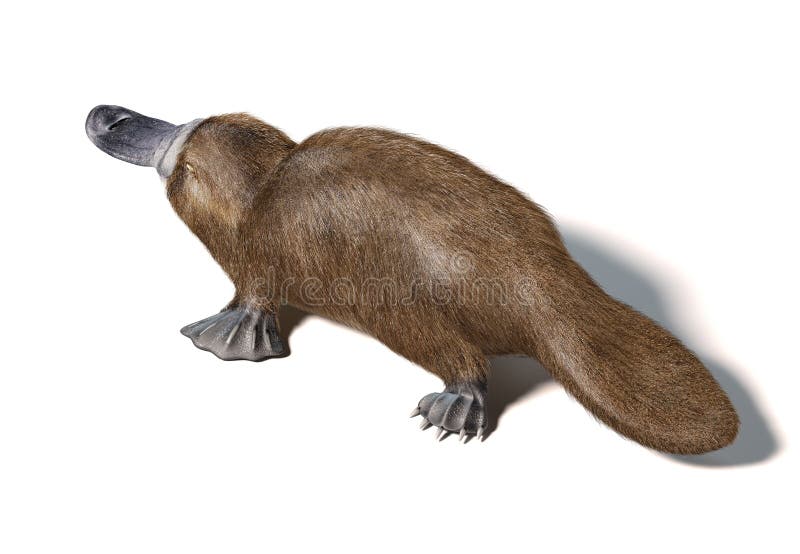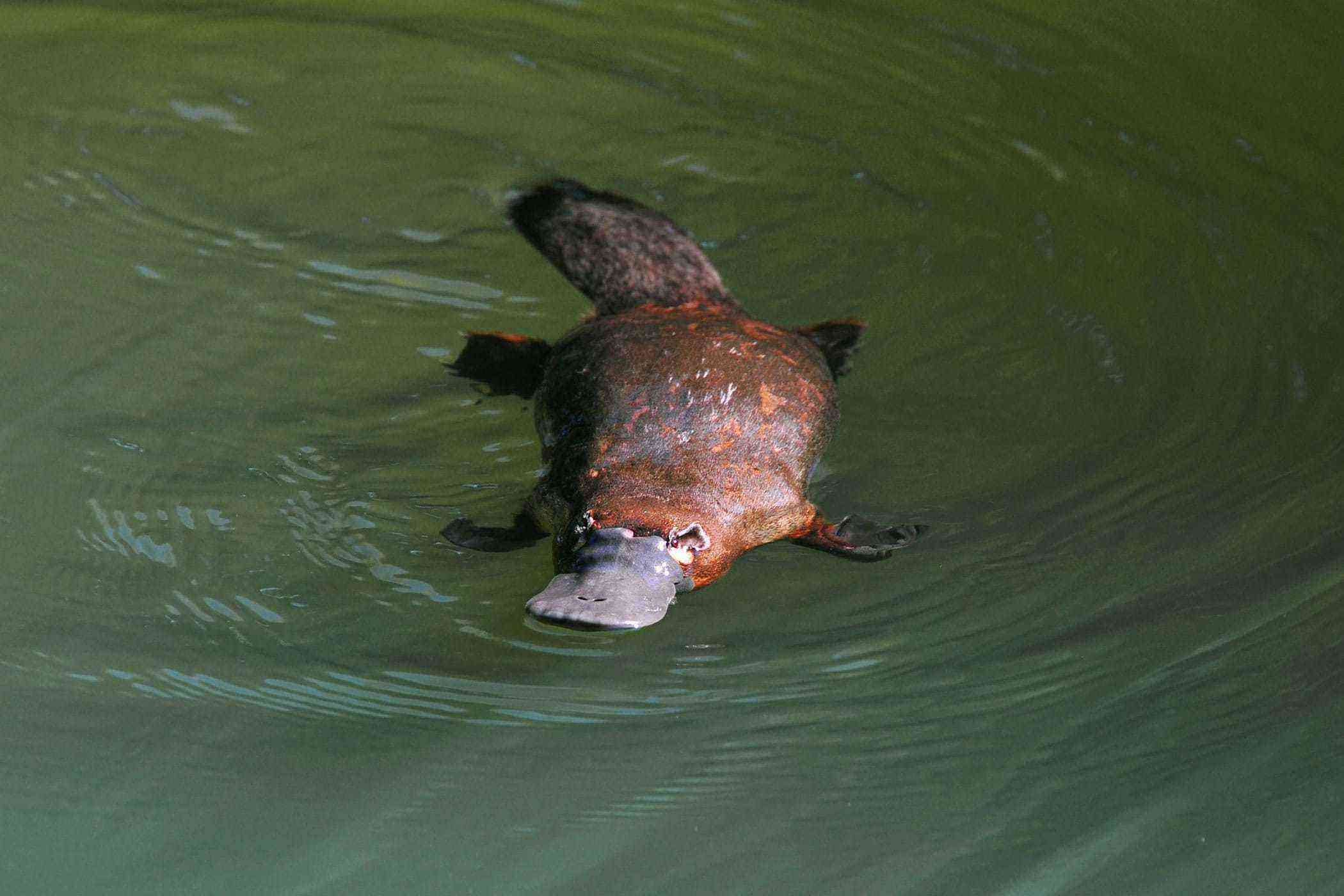

The study demonstrates that platypuses still carry one of these three vitellogenin genes, despite having lost the other two roughly 130 million years ago. Chickens on the other hand, continue to have all three. One of the platypus' most unusual characteristics is that, while it lays eggs, it also has mammary glands used to feed its babies, not through nipples, but by milk - which is sweat from its body.ĭuring our own evolution, we humans lost all three so-called vitellogenin genes, each of which is important for the production of egg yolks.

It has preserved many of its ancestors' original features - which probably contribute to its success in adapting to the environment they live in," says Professor Zhang. But genetically, it is a mixture of mammals, birds and reptiles.

"Indeed, the platypus belongs to the Mammalia class. The platypus belongs to an ancient group of mammals - monotremes - which existed millions of years prior to the emergence of any modern-day mammal. It holds the key as to why we and other eutheria mammals evolved to become animals that give birth to live young instead of egg-laying animals," explains Professor Guojie Zhang of the Department of Biology. At the same time, decoding the genome for platypus is important for improving our understanding of how other mammals evolved - including us humans. "The complete genome has provided us with the answers to how a few of the platypus' bizarre features emerged. The study is published in the scientific journal, Nature. For the first time, an international team of researchers, led by University of Copenhagen biologists, has mapped a complete platypus genome. Their understandings have now advanced, to a great degree. Modern day researchers are still trying to understand how the platypus - often considered to be the world's oddest mammal - got to be so unique. Ever since Europeans discovered the platypus in Australia during the late 1700's, the quirky, duck-billed, semiaquatic creature has baffled scientific researchers. It lays eggs, but nurses, it is toothless, has a venomous spur, has webbed feet, fur that glows and has 10 sex chromosomes.


 0 kommentar(er)
0 kommentar(er)
